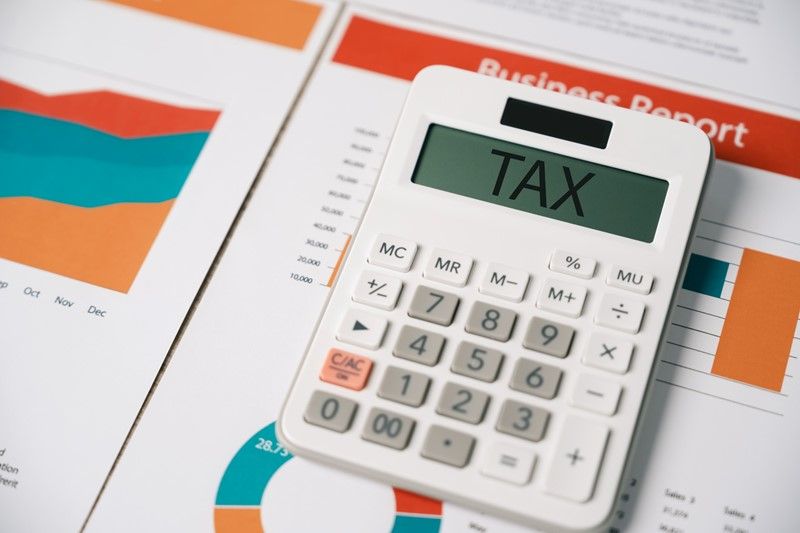How to claim a tax refund
If you believe you have overpaid tax to HMRC, you can typically claim a tax refund for the excess amount. The process for making a claim varies depending on factors such as whether you submit a self-assessment return and how much time has passed since the tax was overpaid.
According to HMRC you may be able to claim a refund if you have paid too much tax on:
- pay from a job
- job expenses such as working from home, fuel, work clothing or tools
- a pension
- a self-assessment tax return
- a redundancy payment
- UK income if you live abroad
- interest from savings or payment protection insurance (PPI)
- income from a life or pension annuity
- foreign income
- UK income earned before leaving the UK
An online tool to help assist in claiming a tax refund is available at https://www.gov.uk/claim-tax-refund/y
Claims can usually be backdated for up to four years after the end of the tax year. This means that claims can still be made for tax refunds dating back as far as the 2020-21 tax year which ended on 5 April 2021. The deadline for making claims for the 2020-21 tax year is 5 April 2025.
If you need any assistance in making a claim for overpaid tax, we are here to help.




